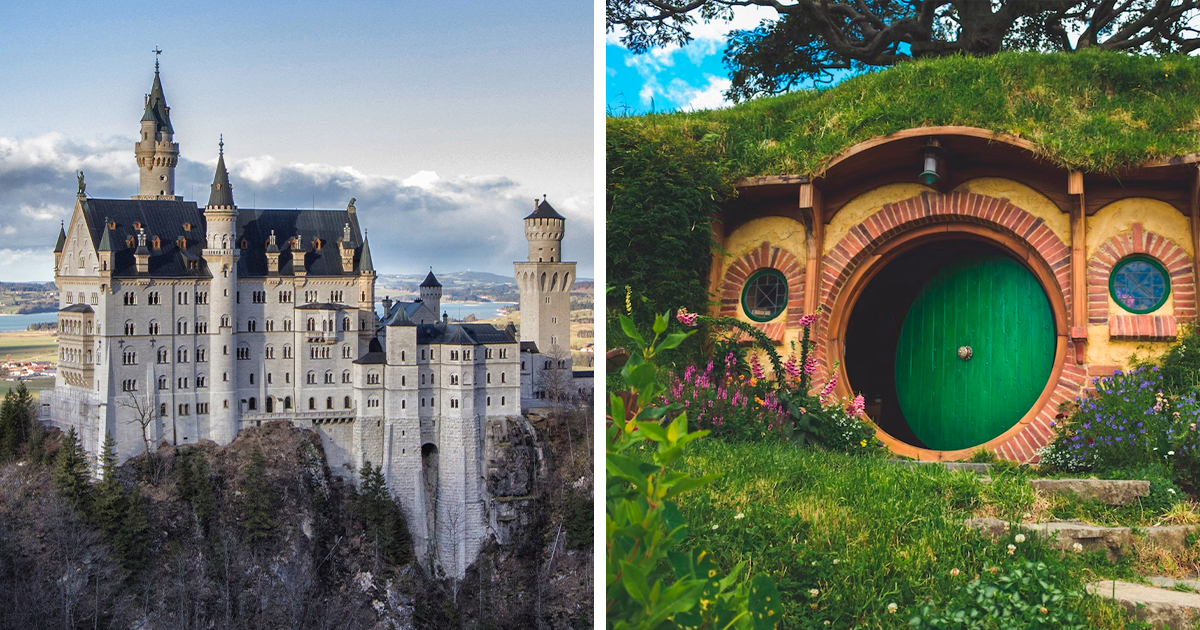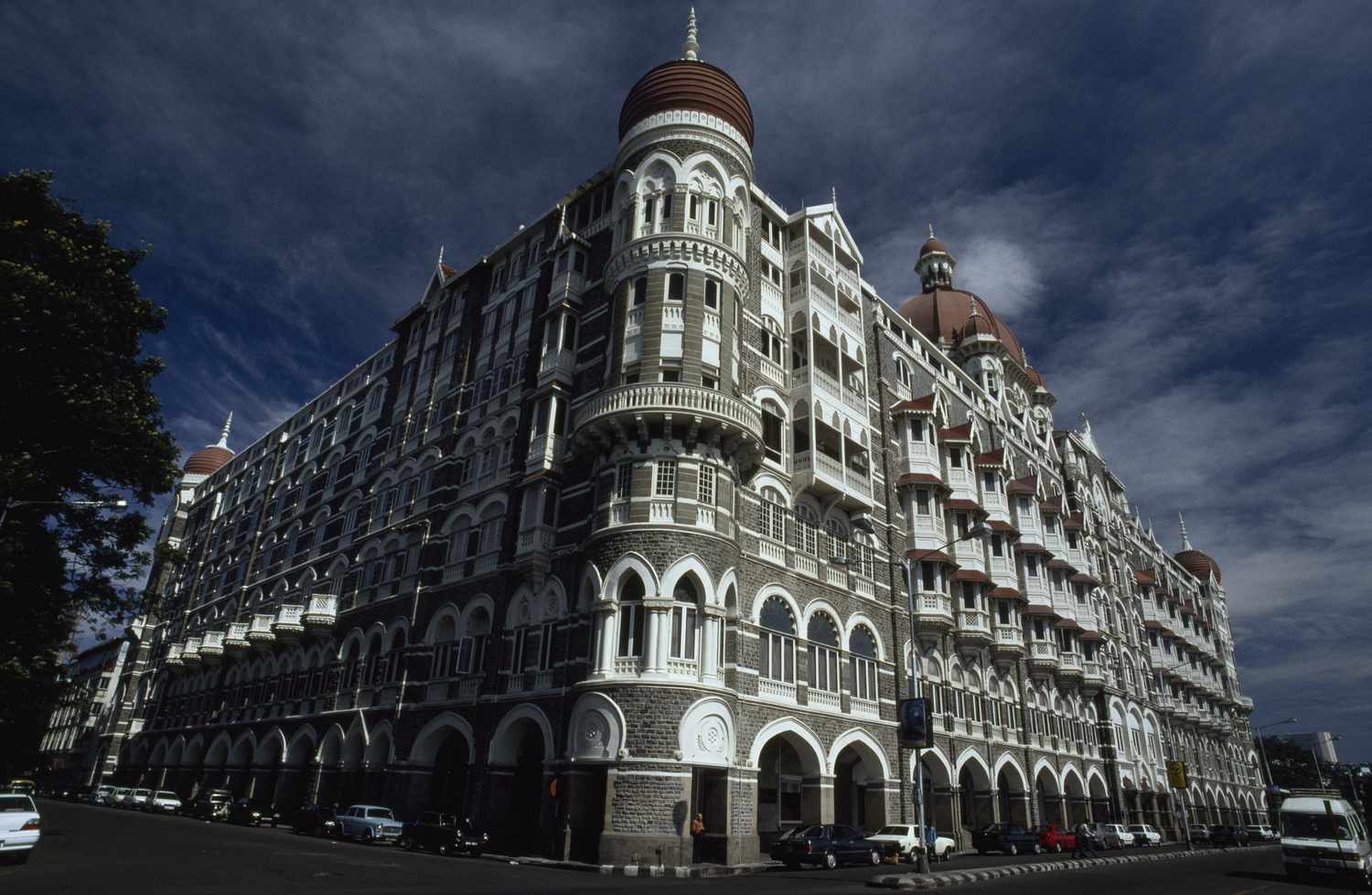When planning a trip, we often rely on guidebooks, online reviews, and tourist packages to navigate the most popular destinations. These resources recommend the must-see attractions that promise to make our vacations unforgettable. However, hidden beneath the glittering surface of many famous tourist spots lie dark secrets that aren’t always revealed. These “tourist traps” may offer an Instagram-worthy moment, but what they don’t tell you can be eye-opening. Here’s a look at some of these destinations and the unsettling truths behind them.
While the Pyramids are an awe-inspiring historical marvel, few tourists realize the darker aspects of the site. Beyond the grandeur, there are serious issues surrounding the exploitation of workers and the disturbing reality of the conditions they endure. Many of the vendors and camel owners in the area are reportedly subjected to harsh treatment and poor wages, often working under extreme conditions. Additionally, overcrowding at the site leads to environmental degradation, putting the very structures tourists come to admire at risk.
The happiest place on earth hides an unsettling history of exploitation. Disney World and Disneyland may appear like whimsical escapes, but workers often face long hours and low pay behind the scenes. In addition, the company has been criticized for its environmental impact and treatment of animals used in themed attractions. Behind the perfectly manicured gardens and cheerful staff lies a more complex, sometimes troubling reality visitors rarely face.
With its charming canals and historic architecture, Venice draws millions of tourists annually. However, many visitors don’t see the constant threat that overtourism poses to this ancient city. Venice is sinking, a problem exacerbated by the vast numbers of tourists that flood the city daily. In some instances, large cruise ships, which are responsible for a significant portion of the tourist traffic, have contributed to the city’s decay. While many people romanticize the idea of exploring Venice, the reality is that the city’s beauty is quickly being eroded by tourism itself.
While the Great Wall is undeniably one of the world’s most remarkable architectural feats, its famous sections, like those near Beijing, are overcrowded and heavily commercialized. What’s less known is that parts of the wall in remote areas have been damaged or even destroyed by human activity, often without sufficient preservation efforts. Many tourists visit sections of the Wall that are so altered by tourism that they no longer resemble their original state. Additionally, local workers hired to maintain the Wall are often paid poorly, with little regard for their well-being.
The Taj Mahal is often depicted as a symbol of eternal love, but beneath its majestic white marble exterior lies a reality of overcrowding and local corruption. The site receives millions of visitors annually and has become a victim of mismanagement. Rampant pollution in the surrounding areas, illegal construction near the site, and lack of proper preservation efforts threaten the monument’s integrity. Local vendors and employees are often forced to work under grueling conditions without protection or support.
Rome’s Colosseum is an iconic symbol of ancient history, drawing visitors worldwide. However, this monument also hides some dark secrets. The Colosseum was the site of brutal gladiatorial battles, where lives were lost for entertainment, and some of the workers involved in its restoration are often overlooked. Tourists rarely see the behind-the-scenes realities, including the high fees to enter the site, which disproportionately benefits private companies rather than the community. Furthermore, the Roman ruins surrounding the Colosseum are sometimes used to attract tourists, yet many of these areas remain in disrepair.
Machu Picchu is one of the most revered historical sites in the world, yet it comes with its own set of challenges. The ancient Incan city is threatened by mass tourism, with many visitors opting for a short visit rather than truly understanding its history. Locals in the area are often left to bear the brunt of overcrowding and environmental degradation. Further, the high cost of visiting the site has sparked controversy, with critics arguing that it primarily benefits large travel companies while leaving the local community with little economic return.
Conclusion
While iconic tourist attractions promise to deliver unforgettable experiences, many come with hidden, uncomfortable truths that glossy brochures often fail to mention. From exploitation and environmental damage to cultural erosion, these dark secrets reveal that not all is as it seems in the world of tourism. As travelers, it’s crucial to consider the ethical implications of our visits, supporting sustainable and responsible tourism practices that benefit both the destinations and the people who call them home.





